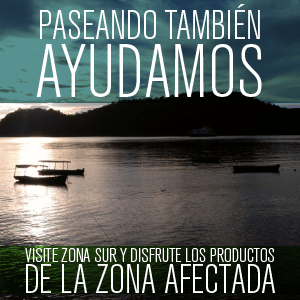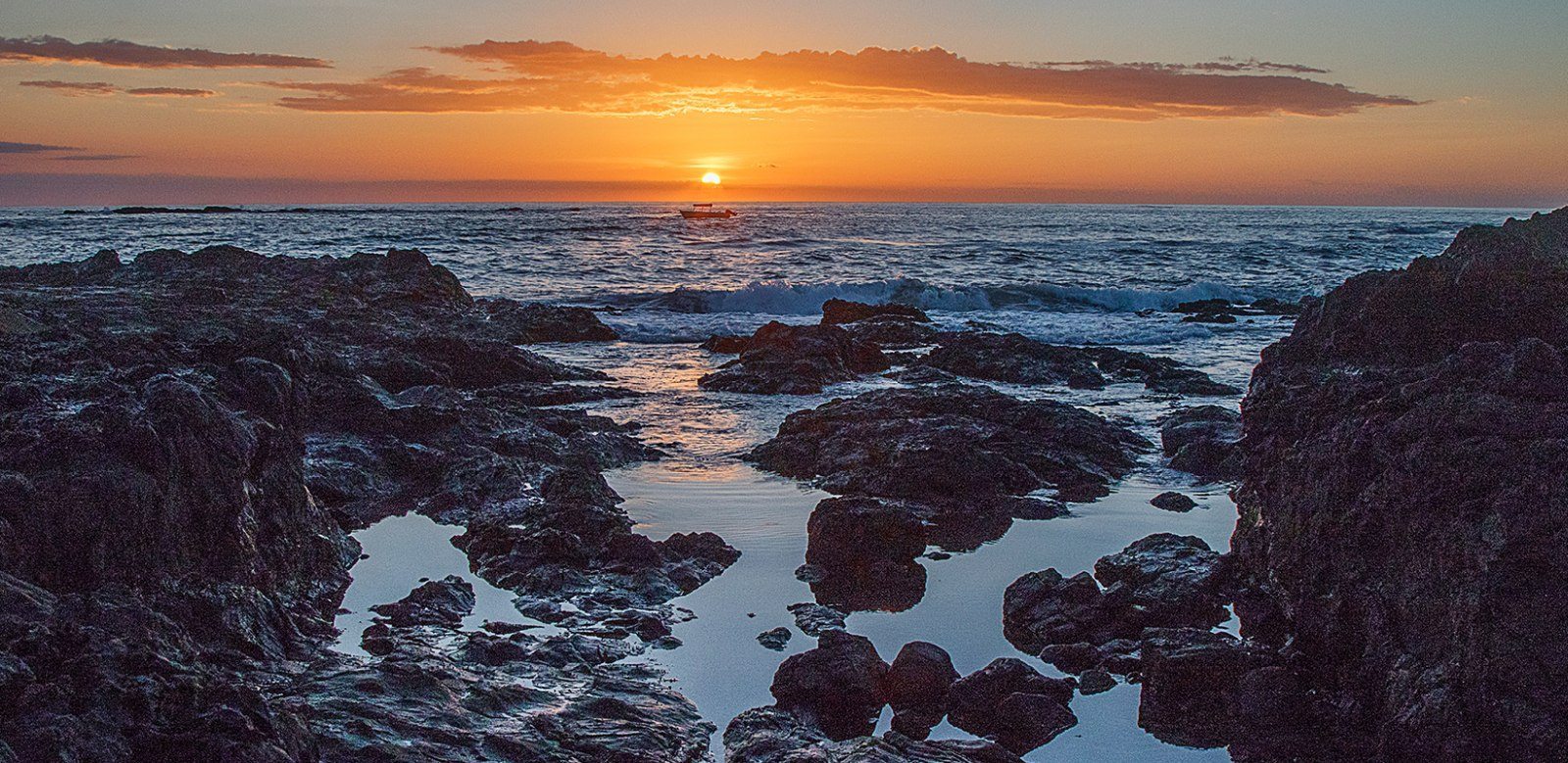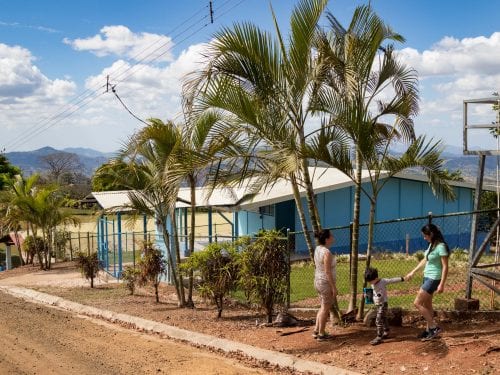
The stories in this month’s edition highlight an encouraging panorama, on the one hand, and another that’s considerably gray. The former fills us with pride. Our region’s housing market, and the real estate market in general, are beginning to rebound with some degree of strength following the 2008 financial crisis. Not only projects on our most exploited coasts are being reactivated, but also we see an increase in plans to invest in urban businesses in places like Nicoya, Liberia and Santa Cruz.
Costa Rica is living a period of modest prosperity with low inflation (life isn’t more expensive every day), thanks in part to decisions by the country’s financial authorities including the Central Bank, and low oil prices.
All of this has benefited the Chorotega region with a trend toward less poverty and unemployment.

But not all news is good. The housing market’s comeback spikes prices by 15-45 percent, according to real estate analysts, and for the average Guanacastecan owning a home near the beach or with an ocean view is increasingly difficult.
Let’s look at the numbers: To own a 50-square-meter home on one of Guanacaste’s most famous beaches, a Costa Rican would have to invest more than half a million colones per month to pay a 15-year mortgage. In most cases, that means applying for a bank loan, because few Ticos likely have $150,000 in a savings account.
For most Guanacastecan families, paying that mortgage while covering daily expenses such as food, clothing, school and transportation, isn’t sustainable. Those families would need about ¢3 million a month. Who has that kind of income? Few do. In fact, barely 20 percent of the region’s wealthiest families could meet those numbers, according to the National Housing Survey.
There’s no doubt that that the housing market’s recovery is a good thing, because it also moves the economy. Ideally, it generates jobs and reduces poverty. But faced with an increasingly competitive real estate market, it’s inevitable that growth will expand to areas like Esperanza or Pelada from Guiones (in Nosara’s case), or Cabo Velas from Tamarindo (in Santa Cruz).
Guanacastecans, government officials, business owners and developers should all be clear and committed to two fundamental principles: Genuine access to the fruits of the economic recovery with well-paid jobs and exploitation of resources in a sustainable manner.
Let’s start with some order. It’s increasingly urgent for municipalities to have zoning plans in coastal areas. Respecting residential, commercial and, above all, nature is everyone’s duty, but particularly for local governments.
We also need much clearer and stronger regulations regarding water management. The over-exploitation of water is a latent risk, given the growing demand. We simply cannot stand by and wait for the fruits of exploitation (and all of its sewage) to wash over us.







Comments